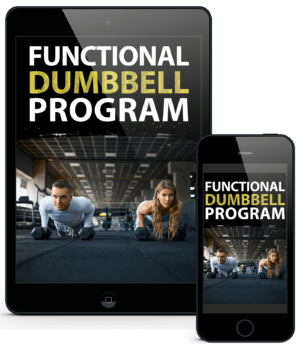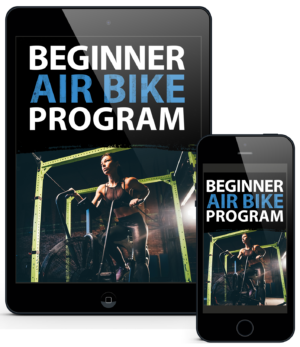- Mechanical Tension:
Muscle growth hinges on the tension created during resistance training. This tension, a signal for muscles to grow, is crucial across all hypertrophy exercises. To maximize it, focus on lifting weights in a way that challenges the muscles through both the amount lifted and the technique used.
Maximizing Muscle Tension: Achieved by challenging muscles with the weight and lifting method.
- Technique:
Correct technique is vital for applying tension to the intended muscles. Key aspects include:
- Controlling the Negative: Emphasize a slower descent to make the eccentric phase more effective for growth. Avoid letting weights drop quickly. Aim for a controlled 1-2 second negative in every exercise.
- Range of Motion: Full movement is encouraged in each exercise, supporting both hypertrophy and functionality. Avoid shortcuts like incomplete lockouts to maintain and improve functionality.
- Consistent Form: Keep your form steady, especially when increasing weights or reps. Altering form to lift more can hinder targeted muscle tension. Prioritize technique over lifting heavier.
- Effort and Intensity:
Essential for muscle growth. Push to or near failure in your final sets, depending on your experience. This level of intensity, pushing muscles to their limits, is critical for significant growth and overcoming plateaus.
- Progressive Overload:
Increase training stress gradually by adding weight, increasing workout frequency, or doing more reps. Adaptation comes from consistently upping the challenge, tailored by each individual’s experience and resources. Continuous growth requires elevating exercise difficulty through more weight, additional reps, better form, or a stronger mind-muscle connection. This principle is key to ongoing muscle development and adaptation.





